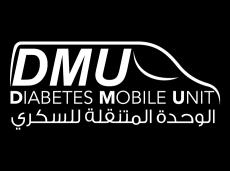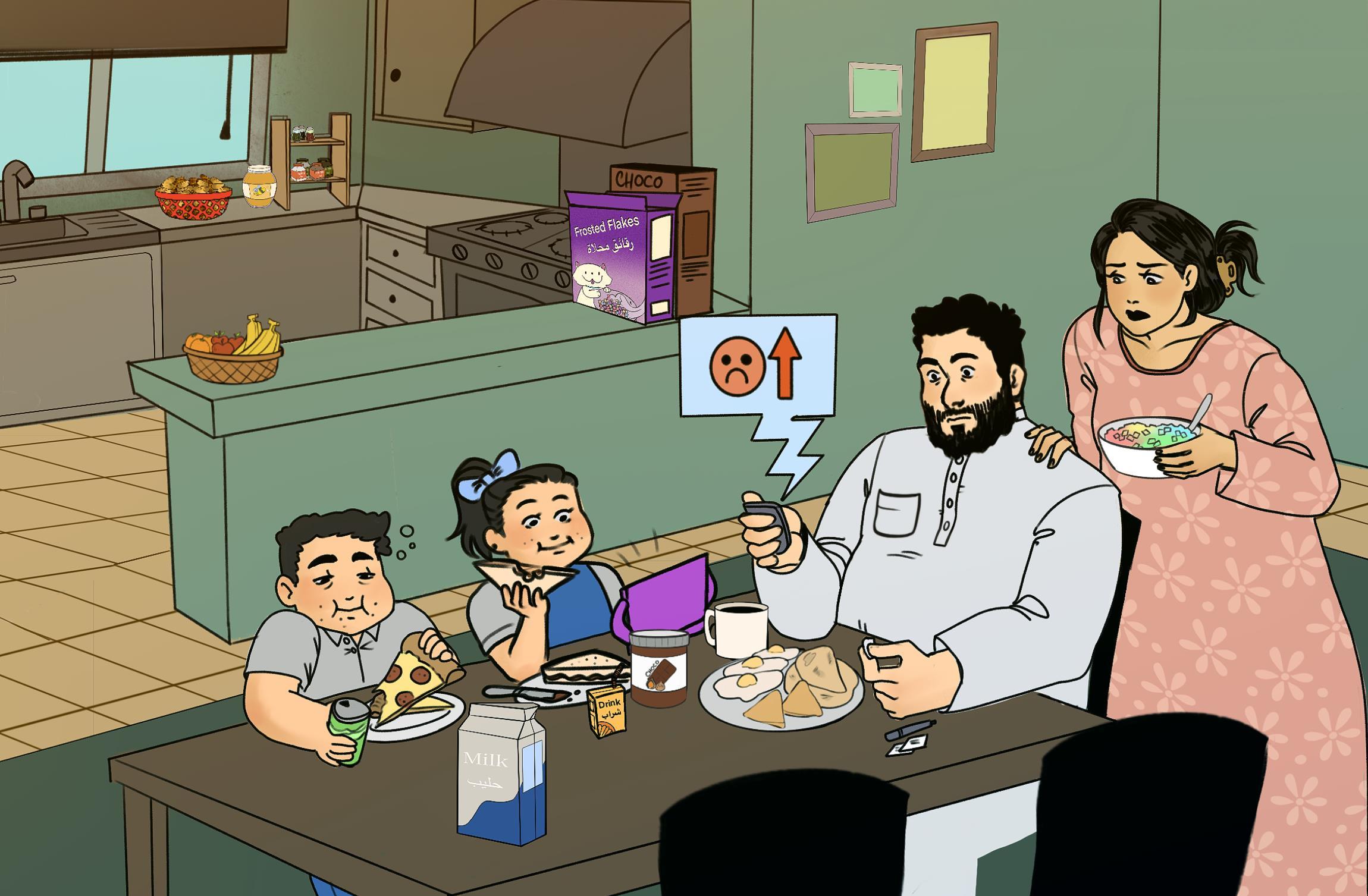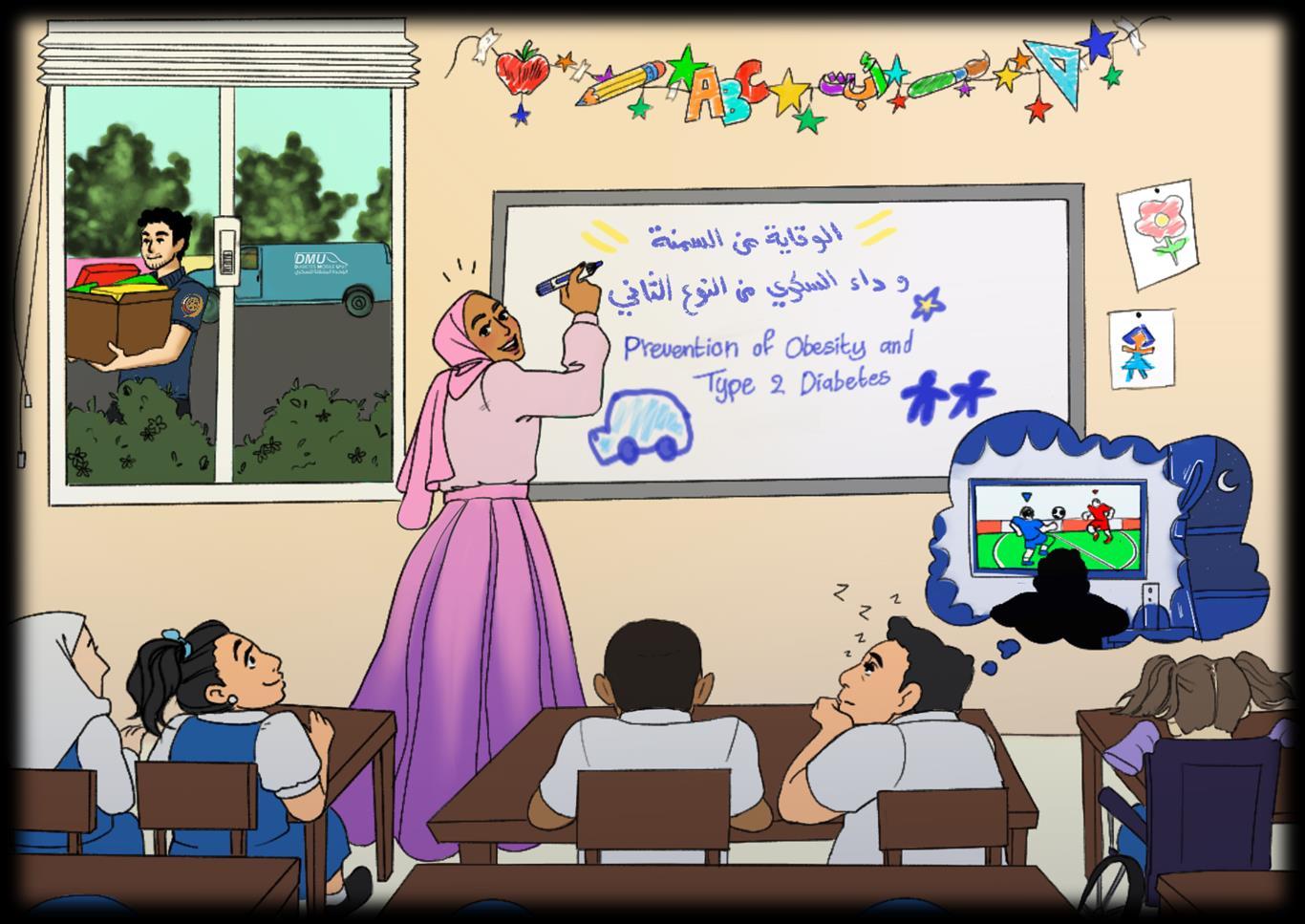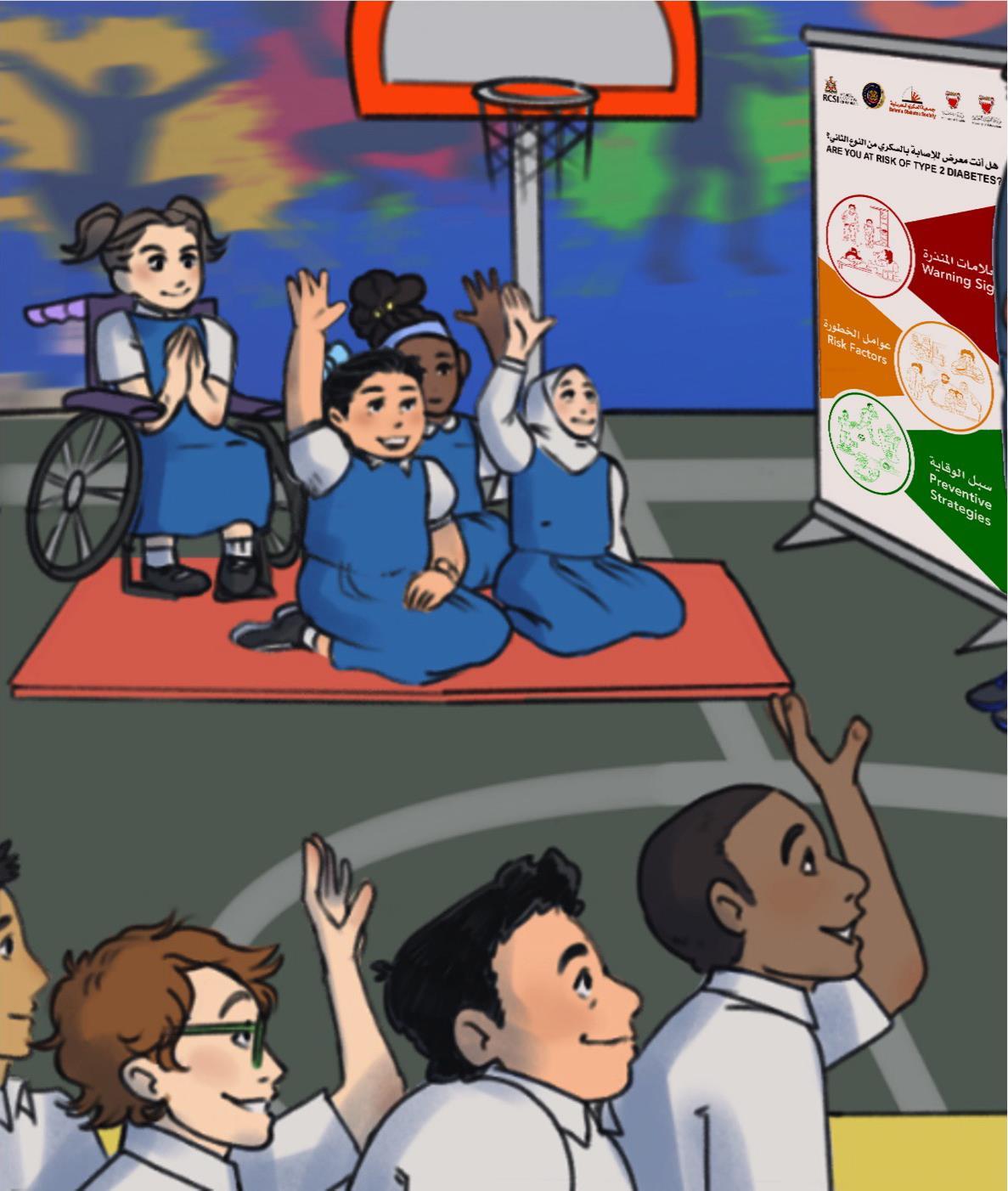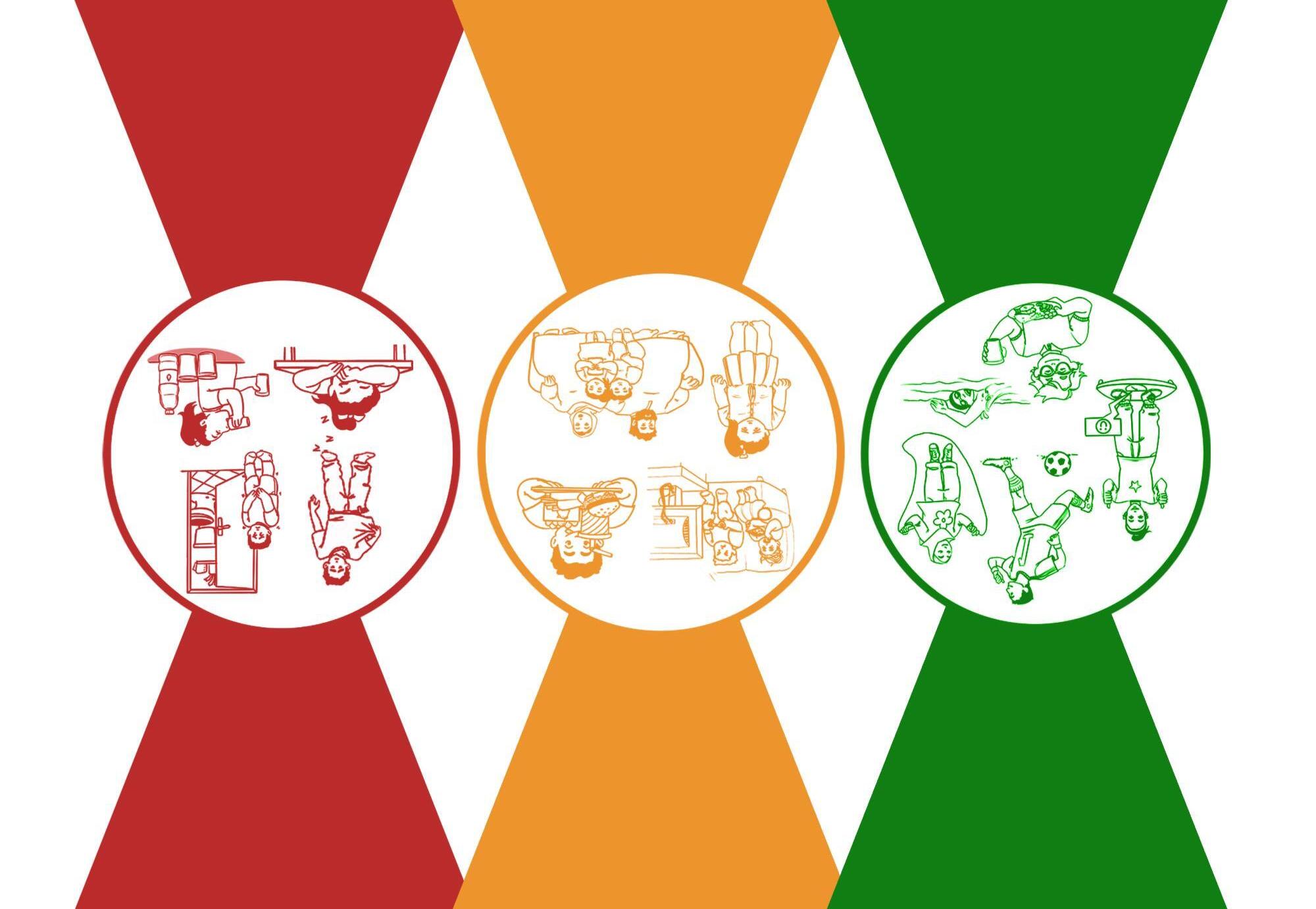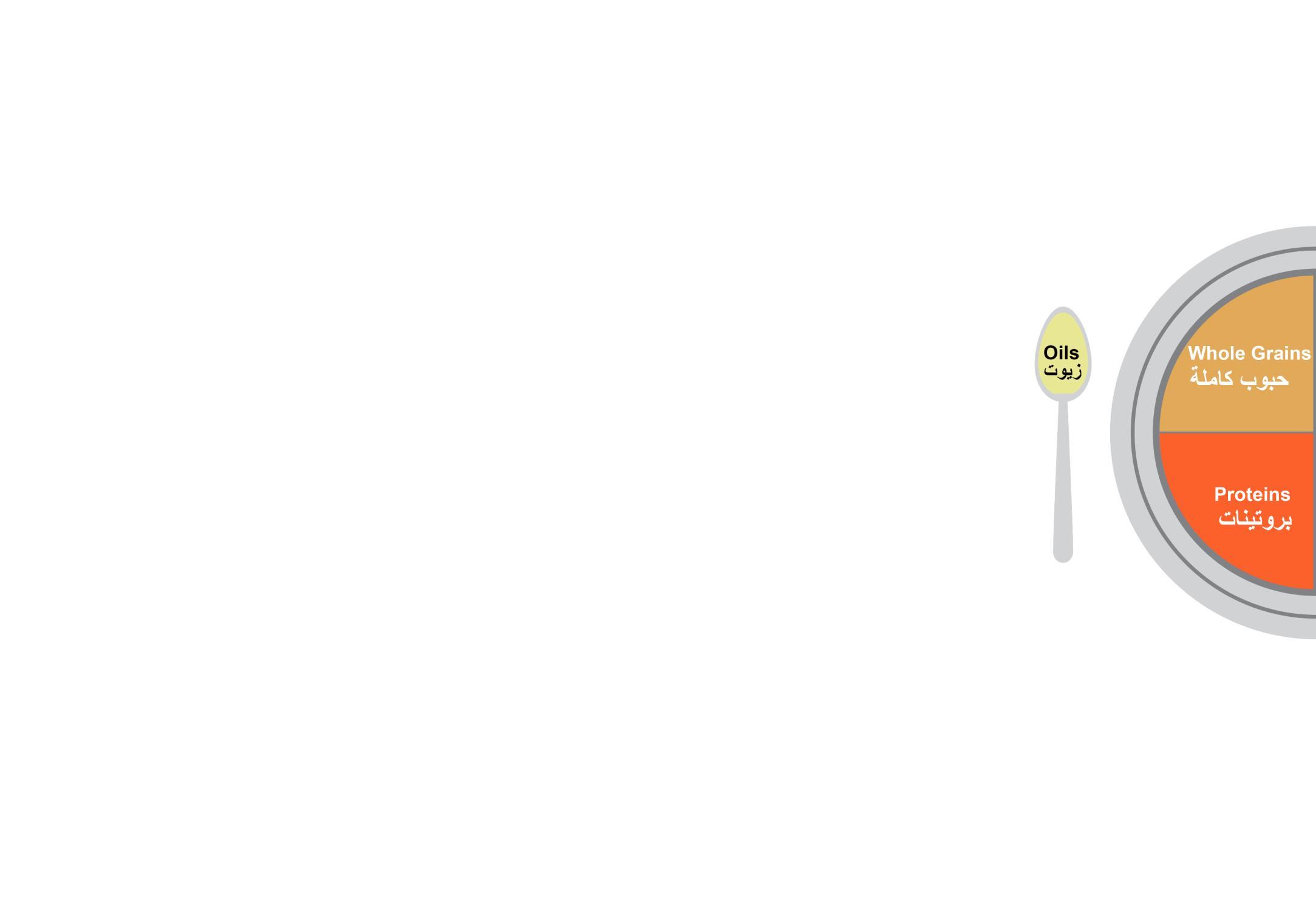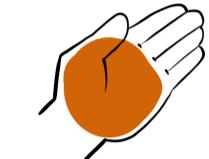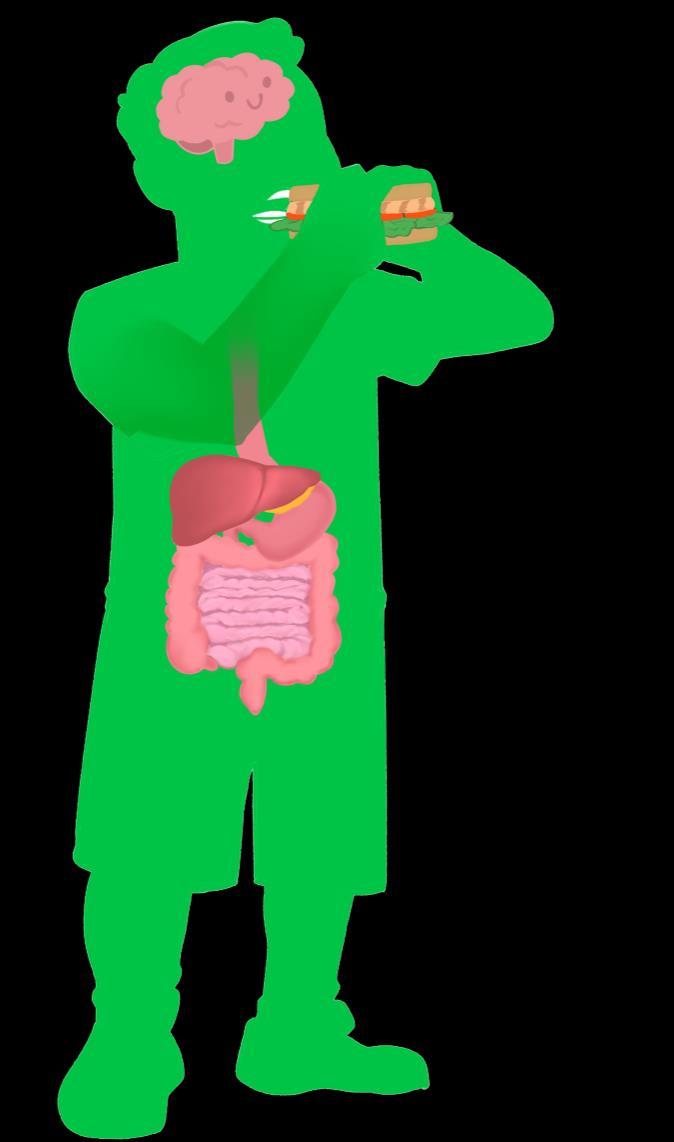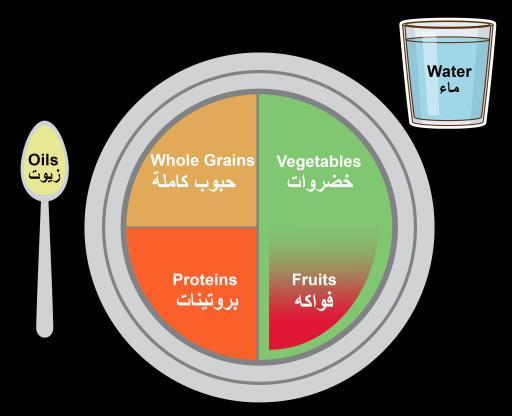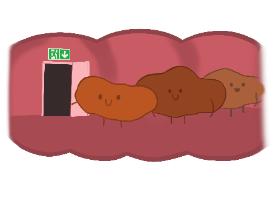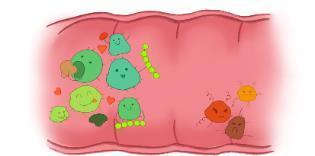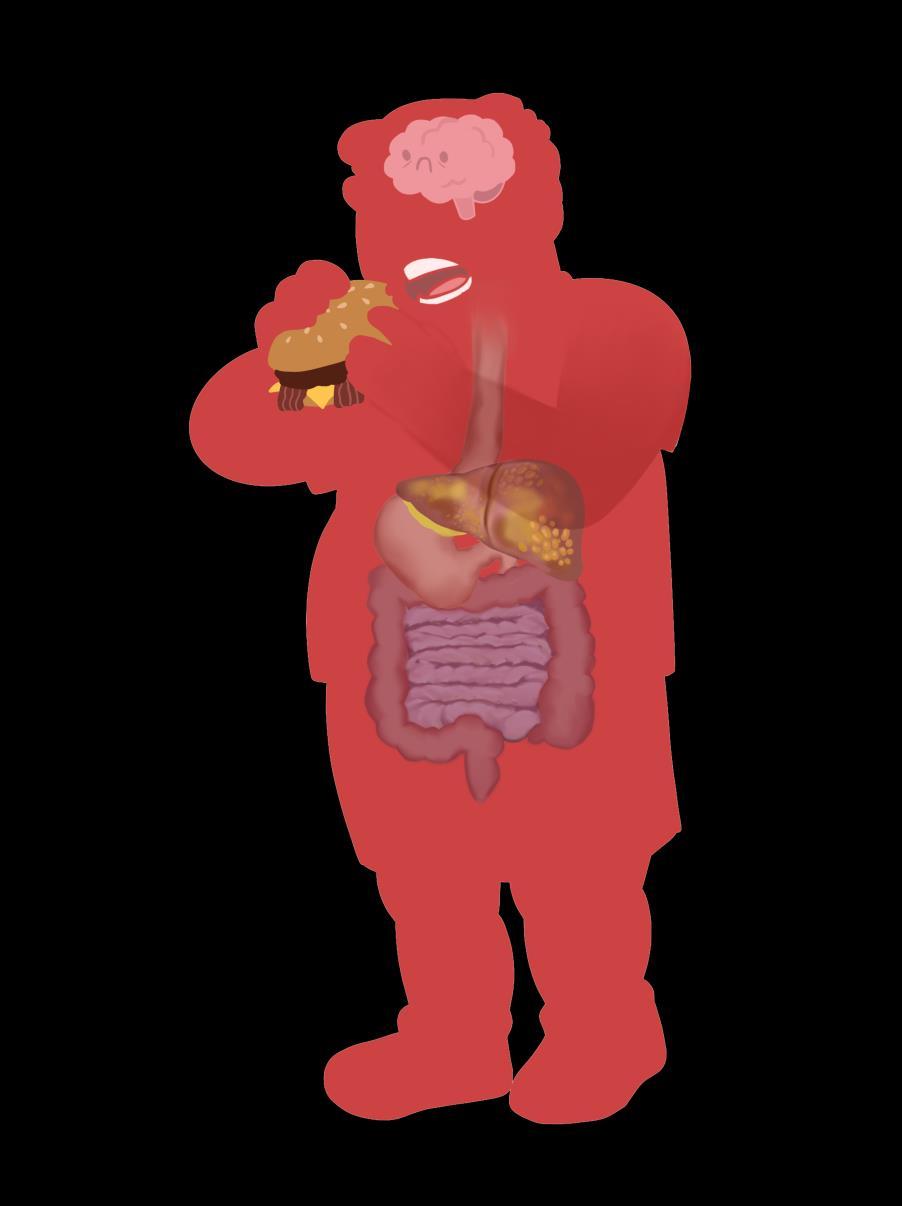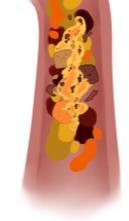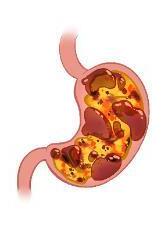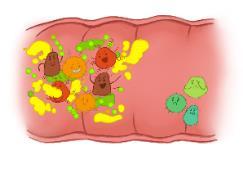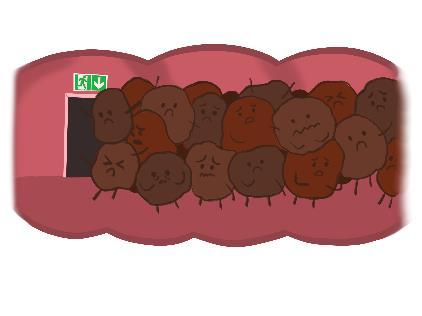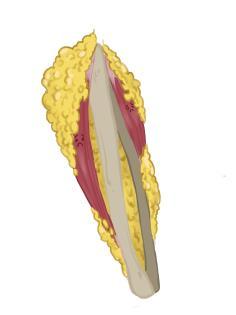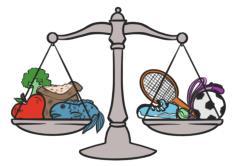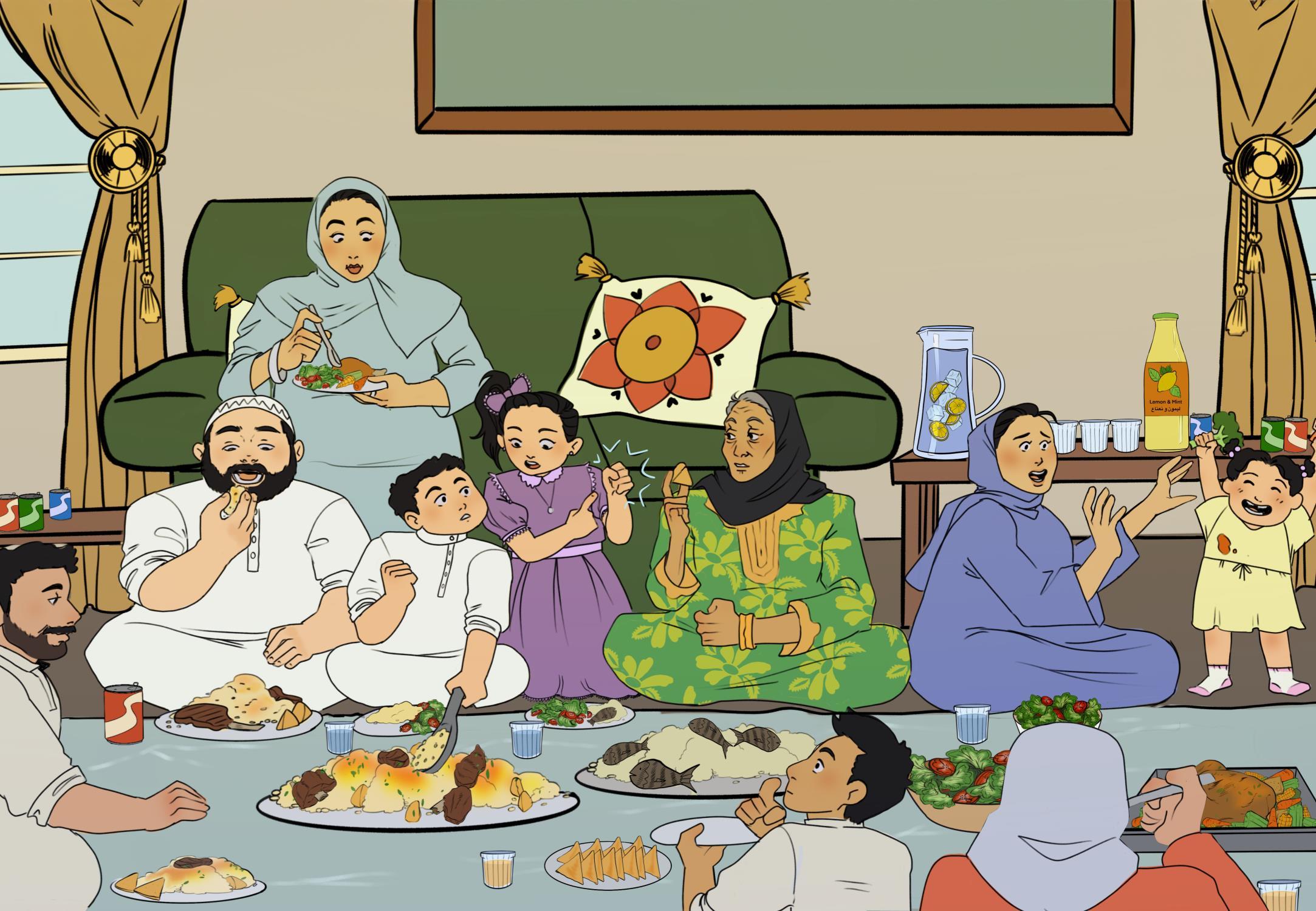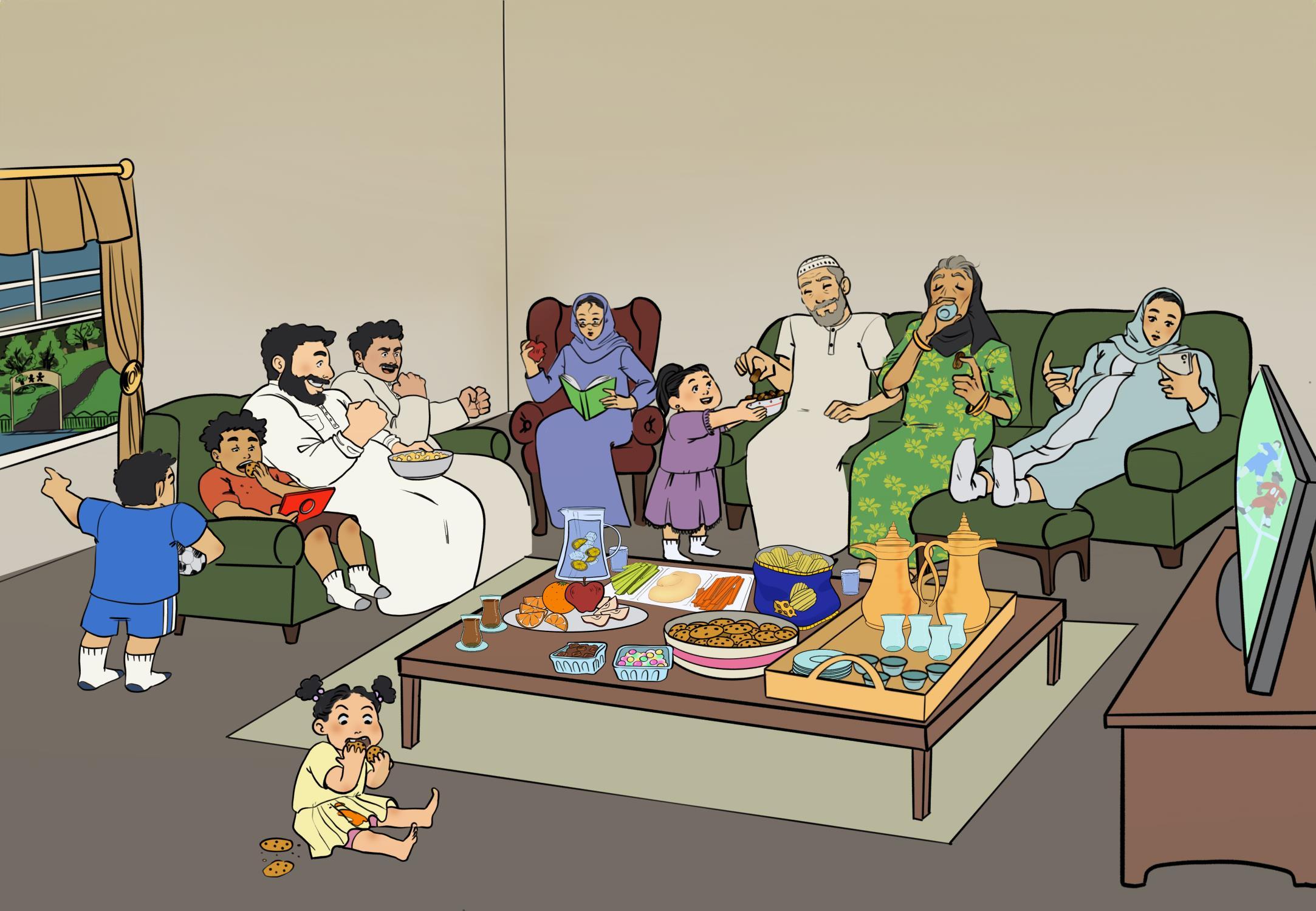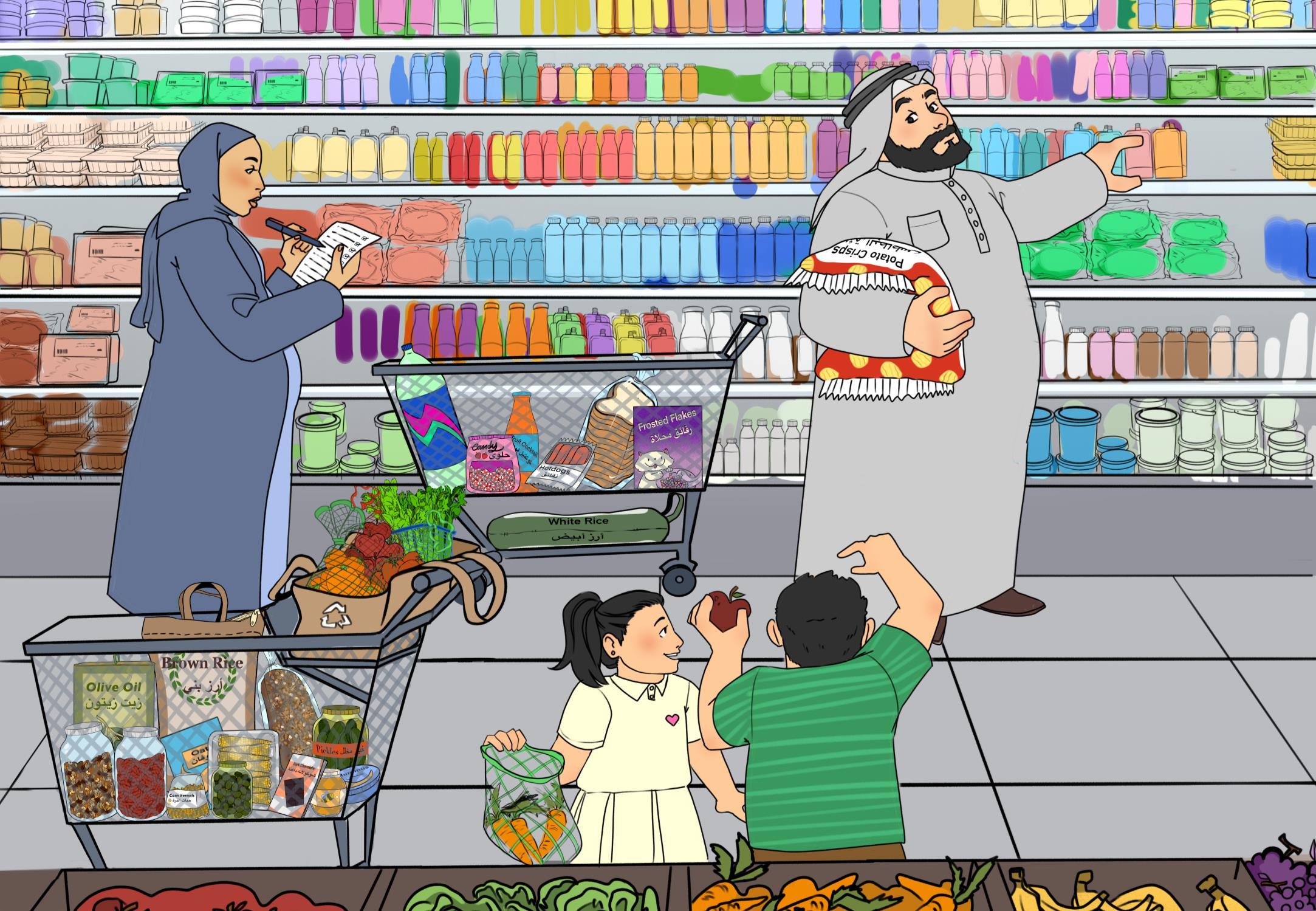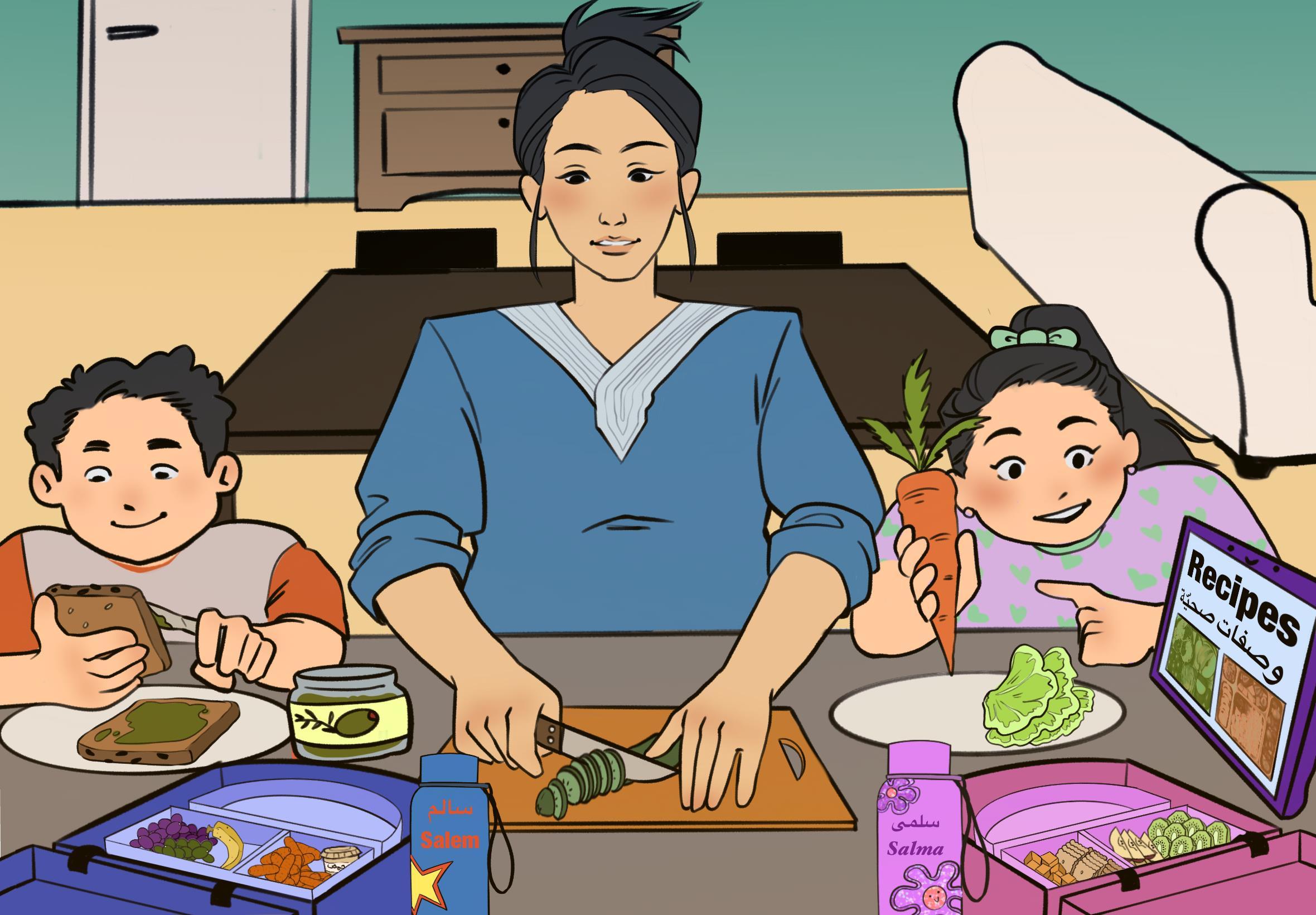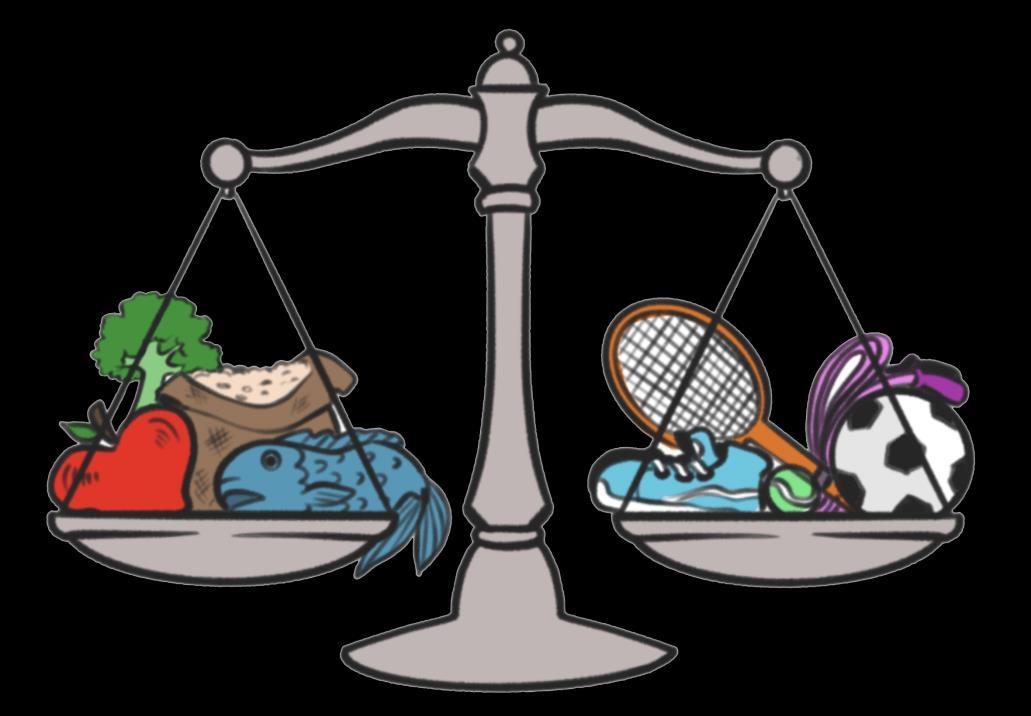Learn with Us, Move with Us
An awareness story about empowering children and their families to reduce the risk of obesity and type 2 diabetes.
Written by Ms. Danah Ahmed Smith and Dr. Fatima Ahmed Alhaddad
Edited by Dr. Mariam Ebrahim Al-Hajiri
Illustrated by Ms. Maha Abdulraoof Albalooshi
Designed by Mr. Haitham Isa Al-Ghurair
Publisher: Royal College of Surgeons in Ireland (RCSI) Medical
University of Bahrain
Copyright © (2024) Royal College of Surgeons in Ireland (RCSI)
Medical University of Bahrain.
First edition published in the Kingdom of Bahrain, 2023. Second edition published in the Kingdom of Bahrain, 2024.
This storybook is available as an audiobook, accessible through: https://www.rcsi.com/bahrain/community/diabetes-mobile-unit
All rights reserved. No part of this publication may be reproduced or transmitted in any form or by any means (electronic, photocopying, recording, or otherwise) without a prior written permission from the owner of the copyright.
For any requests or inquiries, you may contact Community Engagement via e-mail: communityengagement@rcsi-mub.com
The names, characters, and events portrayed in this storybook are fictional. Any resemblance to real persons is purely coincidental.
This storybook was developed based on a review of evidence-based literature. The storybook will be reviewed periodically to reflect scientific evidence and development.
ISBN 978-99958-2-273-6
Publisher: Royal College of Surgeons in Ireland (RCSI) Medical University of Bahrain
With special thanks and appreciation to:
Ministry of Education
Ministry of Health
Ministry of Information
Supreme Council of Health
Higher Education Council
Government Hospitals
Bahrain Defence Force Royal Medical Services
Royal College of Surgeons in Ireland (RCSI) Medical University of Bahrain
The School of Nursing & Midwifery – RCSI Medical University of Bahrain
Community Engagement Office – RCSI Medical University of Bahrain
The Diabetes Mobile Unit Team – RCSI Medical University of Bahrain
Bahrain Diabetes Society
Rotary Club of Manama
Government and Private Schools in the Kingdom of Bahrain
https://www.rcsi.com/bahrain/community/diabetes-mobile-unit
ـل: This book belongs to:
Writeyournameontheline.
Dear honourable family and our little reader,
The global prevalence of obesity and diabetes is increasing worldwide across all age groups.
Obesity is a contributing factor that increases the risk of developing type 2 diabetes among children, youth, and adults.
Type 2 diabetes is a chronic disease that occurs when the pancreas cannot produce enough insulin or the body cannot effectively use the insulin produced, leading to a high blood sugar level.
Promoting the health of future generations requires active collaboration between family members, health professionals, school educators, and the community at large.
This storybook is part of the Diabetes Mobile Unit (DMU) programme established in 2012. It is a joint project between the Bahrain Diabetes Society (BDS) and the Royal College of Surgeons in Ireland (RCSI) Medical University of Bahrain. It is sponsored by the Rotary Club of Manama and implemented in collaboration with the Ministry of Education and the Ministry of Health in the Kingdom of Bahrain.
This programme utilises innovative educational strategies to empower children, families, and the community to adopt a healthconscious mindset and lead a healthy, balanced lifestyle to reduce the risk of obesity and type 2 diabetes.
We hope you and your family enjoy reading, learning, and moving through this interactive storybook for a better, healthy future.
Best wishes and regards,
His Excellency Lieutenant General
Dr. Shaikh Mohammed bin Abdulla AL Khalifa,
Chairman of the Supreme Council of Health and President of the
Bahrain Diabetes Society
Professor
Sameer Otoom, President of RCSI Medical University of Bahrain
What about you? What would you like to be when you grow up?
Alsalam Alaykum (peace be upon you), we are the Diabetes Mobile Unit Team. We are university students studying to become future nurses and doctors.
Meet the Diabetes Mobile Unit Team.
You will learn with your families how to maintain your health and well-being. We hope that you will enjoy learning and moving with us.
This is the Diabetes Mobile Unit. It is a special bus that has lots of fun activities.
We will tell you the story of seven-year-old twins, Salem and Salma.
Salem and Salma eat lots of unhealthy food and do not exercise. Their father has type 2 diabetes, and his blood sugar is always high. Their mother is pregnant, and she also has diabetes.
Read this story to learn more about how to reduce the risk of obesity and type 2 diabetes.
Flip this book to learn about the meaning of the twins’
What do you know about diabetes?
The father uses a special device to check the sugar level in his blood. This morning, he was unhappy because his blood sugar level was very high!
Breakfast is one of the important meals of the day. It provides children with the energy they need to focus and do well in school.
Find the unhealthy foods and drinks that the family should not eat, then flip this book to confirm your answer.
Draw a healthy breakfast for children.
Do you eat breakfast every day?
You are right! Unhealthy foods include sweetened-sugar drinks (such as soda and orange drink), processed foods (such as -sugar sweetened chocolate cream spread, sweetened-sugar breakfast cereal, and pizza that contains processed meat like pepperoni instead of fresh vegetables), and fried-deep foods in oil (such as fried .samosas)
Can you guess who he is and why he is so sleepy?
At school, the teacher announced that the Diabetes Mobile Unit Team would visit them today. Everyone was excited, except for one student who looked very sleepy.
Good sleep helps the body stay active, and the brain focus on learning new things. It also improves memory, creativity, and mood. Children who sleep late are more likely to spend time on screens and unhealthy snacking at night. Lack of sleep increases the risk of weight gain and type 2 diabetes across all age groups.
Have you heard of the term sleep hygiene? It refers to healthy sleep habits and behaviours, and environmental factors that can help you have a good night’s sleep. Read more about this topic.
Flip this book to discover how many hours of sleep children need according to their age.
Do you eat vegetables with every meal? What are your favourites?
What do you like to eat and drink at school?
Do you watch television or play video games for more than 2 hours per day?
The students met the Diabetes Mobile Unit Team at the sports hall. The team asked the students several interesting questions.
What is your favourite exercise or physical activity, and how often do you do it per week?
Do you or any of your family members have diabetes?
Then, students were divided to three teams of detectives to uncover the mystery of the traffic light awareness poster for type 2 diabetes.
Discuss with the Green Team ways to reduce the risk of diabetes.
Assist the Yellow Team in discovering factors that may increase the risk of developing diabetes.
Help the Red Team identify the warning signs of diabetes.
• Weight loss
• Lack of energy and fatigue
• Excessive thirst
• Frequent urination
What are the warning signs of diabetes?
• Family history of diabetes
• Overweight and obesity
• Unhealthy diet
• Lack of exercise
Are you at risk of developing diabetes?
• Maintaining a healthy weight
• Eating a healthy, balanced diet
• Regular exercise and activity
How do you reduce the risk of diabetes?
Water is an essential part of a healthy, balanced diet. Choosing water as the main drink of your day and avoiding sugar-sweetened drinks helps maintain a healthy weight. If you choose to have dairy products, limit the amount to 1-2 cups daily. Choose low-fat products and avoid those with added sugar.
Make various vegetables half of what you eat, as they are full of fibre and nutrients beneficial to the body. Potatoes cause a rise in blood sugar level due to their low fibre content, so eat them wisely.
Eating fruits whole or cut helps regulate the blood sugar level as they contain fibre. Avoid drinking fruit juice, even if it is fresh! It is quickly absorbed in the body, leading to sharp rise in blood sugar level.
Regardless of the plate’s type or size, remember to use your hands to estimate the healthy portion sizes of various food groups when preparing your main meals and snacks.
The students enjoyed learning about healthy food portions that help reduce the risk of obesity and type 2 diabetes.
Eating whole grains (like brown rice, quinoa, whole-meal flour, whole-wheat bread, and whole-grain pasta) is preferable. They are rich in fibre, which slows food digestion and allows insulin to regulate the blood sugar level (energy) steadily, helping us feel full.
Be aware that refined grains are processed by removing many nutrients and fibre (such as white rice, flour, bread, and pasta). They are quickly digested, causing a sudden rush of energy followed by a sugar drop, leaving us tired, hungry, and prone to overeating more unhealthy foods.
Use healthy oils, like olive oil, in moderation for salad dressing or cooking. Avoid deep-frying foods in oil, and use healthy cooking methods like grilling, boiling, or steaming.
Choose a variety of healthy proteins from plant sources (such as legumes, nuts, and seeds), and fresh animal sources (such as fish, eggs, poultry, meat, and dairy products). Avoid processed meats that are preserved by smoking, curing, salting, or adding chemical preservatives (such as beef bacon, sausages, pepperoni, and turkey).
Taking small bites of food and chewing them properly helps release saliva, which eases the breakdown of food, swallowing, and digestion.
Drinking water instead of sugar-sweetened drinks helps in maintaining a healthy weight.
Eating healthy portions of various food groups makes the body feel full, which helps in maintaining a healthy weight.
It takes the brain about 20 minutes to register the sensation of fullness in the stomach.
Eating slowly and without distractions, like watching television, gives the stomach enough time to signal to the brain when it is getting full. Eating as a family and engaging in conversations help in eating slowly.
The students then embarked on an explorative journey inside the human body to learn the benefits of a healthy lifestyle in reducing the risk of obesity and type 2 diabetes.
Sugar is the primary source of energy in the body. The pancreas produces insulin, a hormone that regulates the movement of sugar between the bloodstream and body cells, to generate energy and control the blood sugar level in the body.
A high-fibre diet helps control the blood sugar level and promote the growth of beneficial bacteria living in the intestines. Beneficial bacteria encourage the brain to eat healthy food, which lowers the risk of obesity and type 2 diabetes.
A high-fibre diet, drinking water, and staying physically active help in regulating the movement of the digestive system and make faeces (body waste) softer, which makes it easier to pass out of the body and prevents constipation.
Keeping muscles active through daily exercise and physical activities reduces body fat percentage and improves the body cells’ response to insulin, which helps control the blood sugar level and lowers the risk of obesity and type 2 diabetes.
Taking large bites of food and chewing them too quickly before saliva is released makes it difficult to break down, swallow, and digest food.
When eating quickly, especially while distracted with the television or handheld devices, the stomach does not get a chance to signal to the brain that it is getting full. This leads to overeating, causing bloating, gas, indigestion, reflux, and an increased risk of weight gain.
Having sugary foods, juices, and sugar-sweetened drinks causes a sharp rise in blood sugar level, followed by a fast drop. This leads to feeling hungry more quickly. It also increases the body cells’ resistance to insulin and the risk of developing obesity and type 2 diabetes.
When the blood sugar level rises, the pancreas releases more insulin, trying to help the body cells control the blood sugar level. Eventually, the pancreas is unable to produce enough insulin.
They also examined the effects of an unhealthy lifestyle on the body and how it may increase the risk of obesity and type 2 diabetes.
As more fat builds up in the body, cells do not respond and become insulin resistant. Sugar stays in the bloodstream instead of entering the body cells. In time, this could develop into type 2 diabetes.
Harmful bacteria multiply in the intestines, and the growth of beneficial bacteria decreases when eating an unhealthy diet that lacks fibre and contains a lot of sugars, fats, and processed foods. Harmful bacteria trigger the brain to eat more unhealthy food, which increases the blood sugar level. Having a high blood sugar level for a long period of time, like months and years, increases the risk of developing obesity and type 2 diabetes.
Eating a low-fibre diet, not drinking enough water, and being inactive may lead to indigestion and the formation of harder faeces (body waste), making it difficult and painful to pass out of the body, and causing constipation.
Lack of physical activity and exercise can cause muscle loss and more fat accumulation in the body. Cells become insulin resistant, leading to a higher blood sugar level and increased risk of developing obesity and type 2 diabetes.
The children then played some fun games about healthy food options and being active.
How to play Snakes and Ladders:
• You can use a dice from another board game at home.
• Find some small objects at home, such as different buttons or coins, to represent each player.
• Take turns to roll the dice to move across the board game, following the sequence of numbers from 1 to 100.
• Discuss with your family what happens when you land on traffic-light-coloured squares. Why do green squares help you climb the ladders, while red and yellow squares slide you down the snakes?
• Will your object be the first to reach the end of the game?
We also encourage you and your family to use it.
After school, Salem and Salma were excited to share the healthy lifestyle checklist with their mother. They decided to use it to help their family lead a healthy, balanced lifestyle to reduce the risk of obesity and type 2 diabetes.
The Healthy Lifestyle Checklist to Reduce the Risk of
Obesity and Type 2 Diabetes:
Keep moving as a family:
☑ Encourage each other to stay active as a family.
☑ Reduce time spent by the family using screens (screen time), sitting, and lying down.
☑ Be physically active throughout the day.
☑ Engage in different types and intensities of physical activity for 60 minutes or more daily.
Adopt healthy eating habits as a family:
☑ Encourage breastfeeding for infants.
☑ Use your hands to estimate the healthy portion sizes of different food groups when preparing main meals and snacks.
☑ Eat a variety of healthy home-cooked foods and less processed and fast food.
☑ Replace juices and sugar-sweetened drinks with water.
☑ Eat vegetables and fruits whole or cut and avoid drinking them as juices.
☑ Maintain good mealtime habits, including taking small bites of food and chewing them properly, eating slowly, engaging in family conversations, and avoiding distractions like television or hand-held devices.
Maintain a consistent sleep routine as a family:
☑ Avoid screen time 2 hours before bed.
☑ Adopt "sleep hygiene" habits to get healthy sleep.
☑ Get enough sleep at night, as recommended for your age.
During the weekend, the family visited their relatives for lunch. Salem and Salma ate healthy food portions.
Sing the food portions song to help other family members make healthy food choices.
Food portions
Are 5 types
We should eat them
In right amounts
For vegetables
Eat this much
For whole grains
Eat this much
For protein
Eat this much
For fruits
Eat this much
For oils
Eat
We
Scan to watch the video
Eat
To prevent diabetes
After lunch, Salem and Salma encouraged their family members to eat healthy snacks, reduce screen time, and be more active.
Flip this book to find out the recommended screen time for your age.
What is your favourite exercise or physical activity?
What snacks do you usually enjoy? Think of ways to make them healthier.
Zero screen time, except for video chatting with family or friends, is recommended for children under 2 years .old For children 5-2 years old, no more than one hour per day, viewing-co with a parent or older sibling is .advised
At the market, Salem and Salma encouraged their parents to buy healthy food. Which shopping cart includes healthier food choices?
Research and discuss with your family how to make your home environmentally friendly by avoiding food waste, and reducing, reusing, and recycling household items.
What healthy snacks would you choose from the market?
You are right! The children’s cart is healthier, as it includes more fresh and unprocessed .foods In comparison, the parents’ cart contains many processed foods, made by adding ingredients such as oils,
The next day, Salem and Salma helped their mother prepare a healthy breakfast.
Look at your first sketch of a healthy breakfast. What would you draw differently to make it healthier?
Can you spot the differences in lifestyle between this meal and the family’s previous breakfast? What healthy changes did they implement?
On a weekly basis, Salem and Salma enjoy helping their mother plan and prepare healthy options of foods and drinks for their school lunch boxes.
Now, it is your turn to plan a healthy weekly menu for your school lunch box, taking into consideration healthy food portions.
One year later, the family is still committed to a healthy lifestyle. Their mother breastfed their little sister exclusively for six months. Then, she gradually introduced her to solid foods and intends to continue breastfeeding for up to two years.
Flip the book to learn more about the benefits of breastfeeding.
Now that you have learned with us, work with your family to maintain a healthy balanced lifestyle to reduce the risk of obesity and type 2 diabetes.
About the storybook team
Dr. Mariam Ebrahim Al-Hajiri (Editor) is a Consultant Family Physician and Vice President of the Bahrain Diabetes Society. She holds a Bachelor of Medicine and Surgery and a Diploma in Family Medicine, Child Health in the Community, and Healthcare Administration. She has held many prestigious positions in the field of healthcare, including Head of School Health Services, Director of Public Health, and Assistant Undersecretary for Primary Health Care and Public Health at the Ministry of Health in the Kingdom of Bahrain.
Ms. Danah Ahmed Smith (Author) is a Nursing Lecturer at the Royal College of Surgeons in Ireland (RCSI) Medical University of Bahrain and a Fellow of the Higher Education Academy. She holds a master's degree in nursing and is a registered Paediatric Advanced Practice Nurse. Her professional accomplishments include establishing the Diabetes Mobile Unit (DMU) educational programme and quality improvement programmes aimed at enhancing the standards of healthcare services for children with diabetes and their families in the Kingdom of Bahrain.
Dr. Fatima Ahmed Alhaddad (Author) is the Chief of the Dietetic Unit at the Government Hospitals in the Kingdom of Bahrain. She holds a Doctorate in Nutrition and is a registered clinical dietitian with extensive years of clinical experience. Her focus of interest is on paediatric nutrition. She has taught nutrition at several universities and has published numerous papers in peer-reviewed journals.
Ms. Maha Abdulraoof Albalooshi (Illustrator) is a registered nurse with a Bachelor of Science (Hons) in Nursing from the Royal College of Surgeons in Ireland (RCSI) Medical University of Bahrain. She works at the Oncology Centre in King Hamad University Hospital. She is an active member of the Youth Committee at the Bahrain Diabetes Society. She was nominated as Bahrain's representative at the International Diabetes Federation Young Leaders in Diabetes in 2019. Maha is passionate about using her illustrative arts skills to positively impact healthcare.
Mr. Haitham Isa Al-Ghurair (Designer) is a talented photographer and graphic designer. He works in the Communication Office at the Royal College of Surgeons in Ireland (RCSI) Medical University of Bahrain.
Authors’ Acknowledgments
This storybook reflects the collaborative efforts of many individuals with special skills and knowledge in different disciplines. We would like to acknowledge the following reviewers for their feedback.
SON&M, RCSI Medical University of Bahrain
Dr. Maryam Isa Alaradi, Senior lecturer in Nursing
Ms. Sumaya Amralla Faraj, Lecturer in Nursing
Ms. Fatema Adel Al-Arab, Bachelor of Science (Hons) in Nursing Alumni
Language and Culture Unit, RCSI Medical University of Bahrain
Dr. Amal Jasim Al-Qallaf, Head of Language and Culture Unit
Ms. Fatima Abdulkarim Aldaylami, Lecturer in English
Ms. Marwa Sadiq Alnajjar, Lecturer in English
Dr. Rabab Isa Almuqahwi, Arabic Language Lecturer
Ministry of Education, Kingdom of Bahrain
Mr. Taoufik Saleh Daaji, Arabic Language Curriculum Specialist
Mr. Taoufik Ben Mustapha Maraoui, Science Secondary Curriculum Specialist
And all those who contributed to developing and publishing this storybook.
Learn with Us, Move with Us is an interactive storybook. It is a useful tool to help children and their families adopt a health-conscious mindset and lead a healthy, balanced lifestyle to reduce the risk of obesity and type 2 diabetes.
For more information and resources, scan the code below to visit our website.

